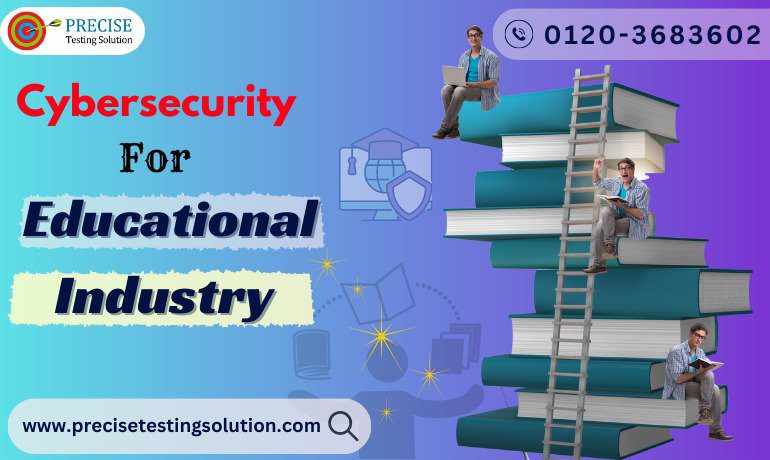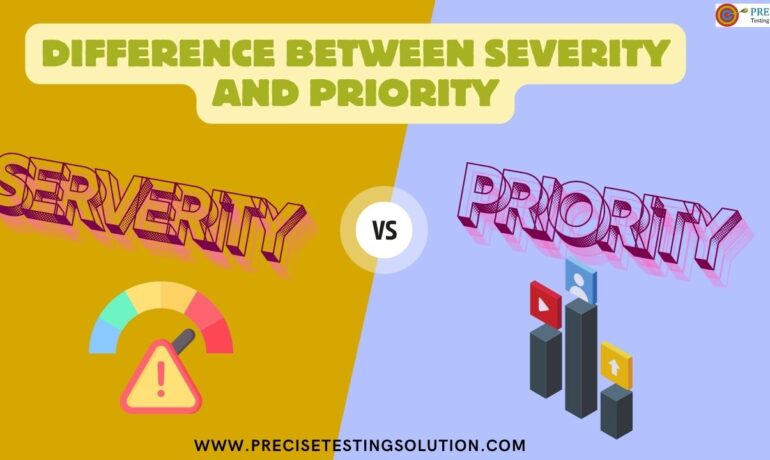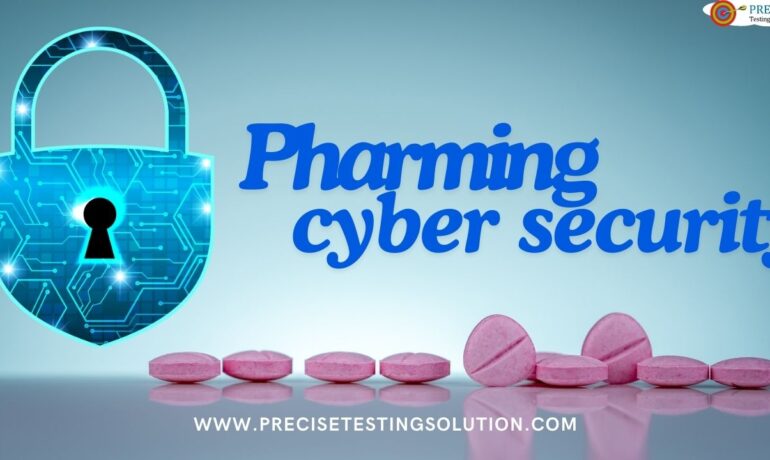Importance of Cybersecurity for Education Sector
Through this article, we will gain in-depth knowledge as to why there is a growing need of cybersecurity in the education affairs industry. It is interesting to note that cybercriminals are currently not targeting only major business corporations and multinationals. With the same intensity, they are also doing their malicious activities on government organizations, medical institutions, and other organizations, including a ferocious attack on educational institutions.
Since they have become a very popular target for hackers, educational institutions are now rushing to secure themselves against cyberattacks. Hence, these educational institutions must now develop measures in order to protect their sensitive data online and stop hackers from getting access to their alumni’s private information.
Why do cybercriminals target the education sector?
The education sector is increasingly being targeted by cybercriminals or hackers due to the following major reasons:
1) First, inadequate budgets in school systems are to blame for a lack of cyberattacks defense. However, this is only partially true because stronger and more sophisticated technologies are needed for security against these hostile attacks. Educational institutions have become a simple target for cybercriminals in the lack of such protection.
2) The shortage of technical personnel in educational institutions may also be a contributing issue and the reason why cybercriminals are targeting the educational institutions. Although teachers, administrators, custodians and maintenance personnel make up the majority of the employees for educational institutions, having an IT department to address security concerns which can be beneficial.
3) Being so dependent on technological advances as a result of the COVID-19 epidemic is another, more recent reason. The attack canvas has grown dramatically as more people use online platforms for learning and attend educational courses. Additionally, because colleges and universities started relying more and more on technology and online resources during lockdowns and shutdowns, students, faculty, and staff are now more exposed to security risks than before.

Major Cyber Attacks Affecting Education Sector
Let’s examine some of the forms of cyberattacks to which educational institutions are now most susceptible: –
1) DDoS Attacks – For internet users and sites, especially educational institutions, distributed denial of service (or DDoS) attacks are a widespread occurrence. These attacks slow down any internet activity by interfering with a person’s Internet connection and network.
2) Espionage Attacks – Espionage is yet another attack method used by malicious internet users. Cybercriminals can use their espionage to intimidate or threaten students or teachers by keeping tabs on their activities as well as those of other people in a school, college or any other educational institutions. A vulnerable network makes it possible for hackers to steal and/or tamper with student’s personal information like address, grade level, and other sensitive details such as social security numbers, credit/debit card numbers, etc.
3) Ransomware Attacks – When conducting theft and other cybercrimes in any educational institution’s data system, cybercriminals are typically after financial gain. They have two options – they can demand ransom from the educational institution or they can sell their private material online. They may essentially launch a ransomware attack by preventing the school from accessing its own data until the ransom is paid. A ransomware attack against a large, well-known educational institution can have a significant impact on its long-established brand name. Therefore, such educational institutions need to carefully consider their capabilities for cyber resilience and incident response plans.
Cybersecurity Measures for Educational Institutions
The good news is that, despite often having tight funds and resources, educational institutions may nonetheless safeguard themselves against cyberattacks. Following are some helpful cybersecurity measures which educational institutions can follow: –
1) Make sure everyone, including students, teachers, staff, and others, is aware of how to recognize questionable internet behavior and what they can do to stop it through conducting proper cybersecurity awareness training programs. Additionally, educational institutions might spend money on at least yearly training for their IT employees in cyber incident preparation and response. This can assist the organization in developing its own efficient cyber event response strategies, which in turn can help to safeguard the institution from the financial loss and damaged reputation that come with cyberattacks.
2) Install DDOS, phishing, and ransomware defenses with the aid of an IT team. Educational institutions can choose from a wide range of inexpensive services and one-time investments to improve their overall cyber resilience. Their computer networks and systems will be much safer with a few simple security programs, and educational institutions will still be safeguarded at least from many common cyber threats.
3) Make two-step authentication a priority for both staff and students. Students, teachers, and other staff members should be required to input a password in addition to a second level of authentication, such as a secret response, a solution to a puzzle, or a numeric code, in order to access computer systems and other electronic devices.
4) Conduct “live fire” drills. Similar to traditional fire drills, “live fire” in order to simulate a cyber-attack while classes are in session. As they attempt to resolve and respond to the issue, students and teachers are forced to draw upon their expertise. Additionally, text messages, emails, etc., can be used to inform everyone at school about these drills.
Conclusion
Hence, from the above discussion we can conclude this article by saying that everyone is susceptible to cyberattacks, including educational institutions. To protect students, teachers, and everyone else connected to the educational institution from malicious activity and to prevent damage to the institution’s finances and cautiously established brand reputation, the education sector must take good cybersecurity practices into account.
For more information AND Confirm your meeting, visit our website at www.precisetestingsolution.com or call our office at 0120-368-3602. Also, you can send us an email at [email protected].
We look forward to helping your business grow!
A Guide to Determining Severity Vs Priority Levels
In any project, especially in software development, bug tracking
What Is Pharming? A Comprehensive Guide to Protection and Prevention
What Is Pharming in Cybersecurity? Pharming is a sophisticated


